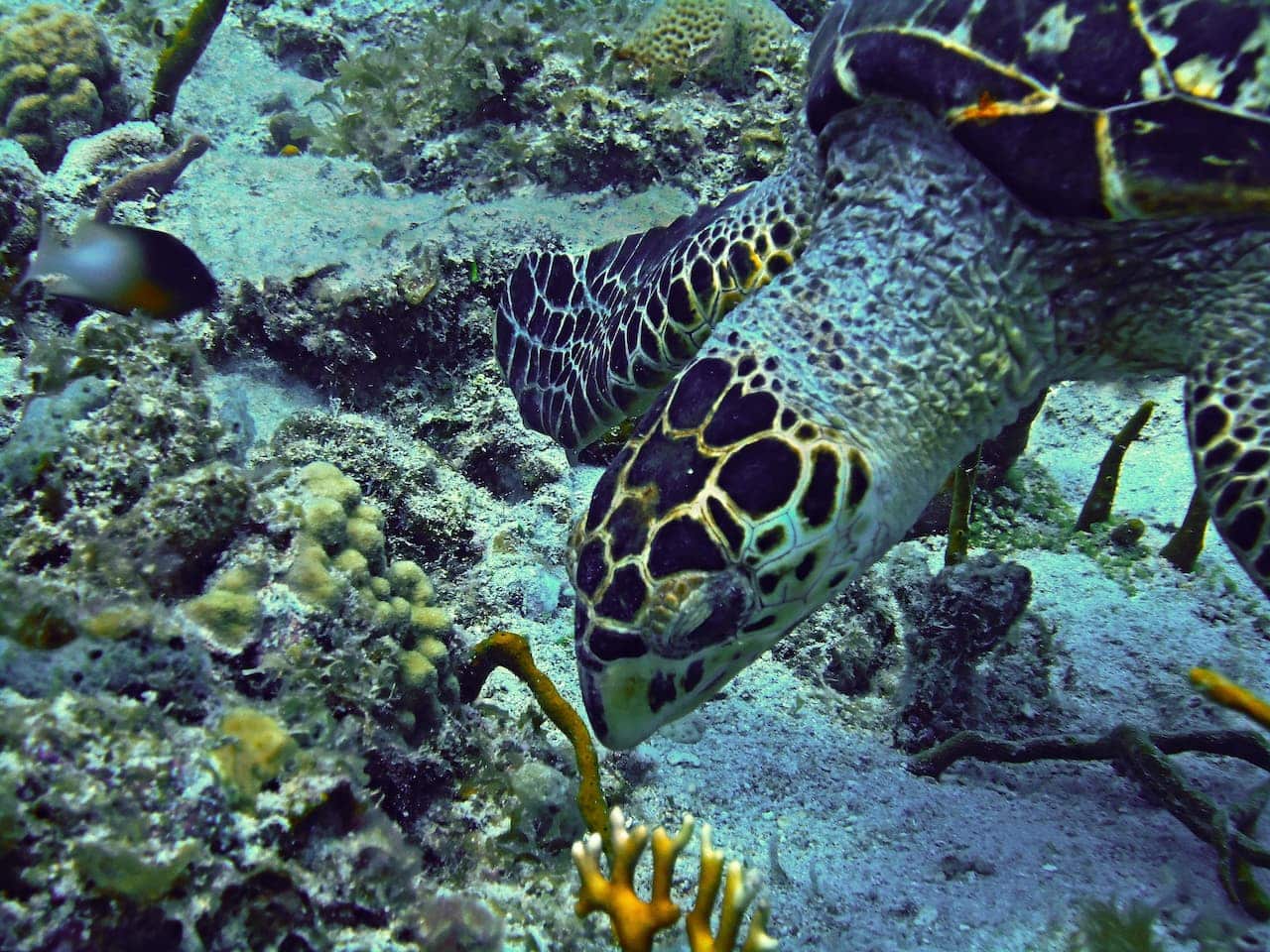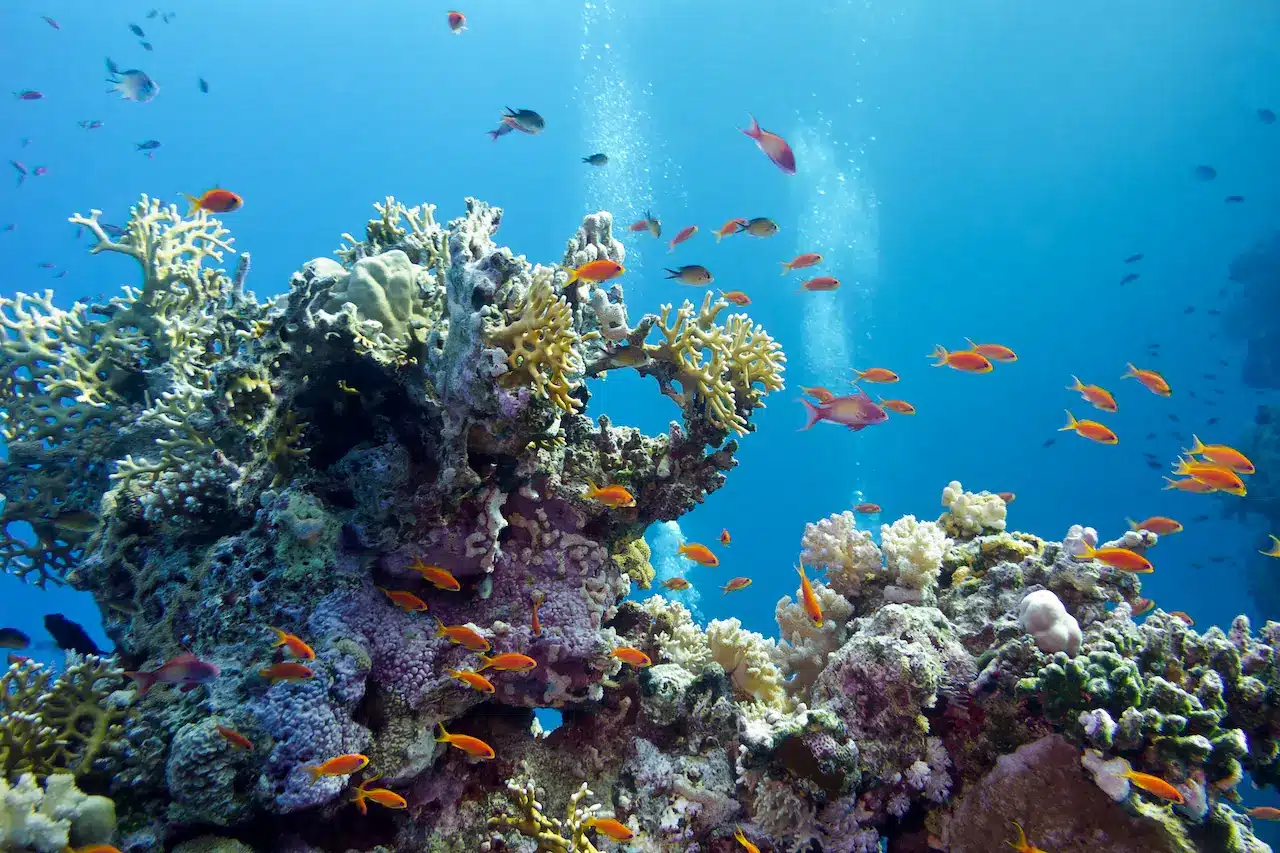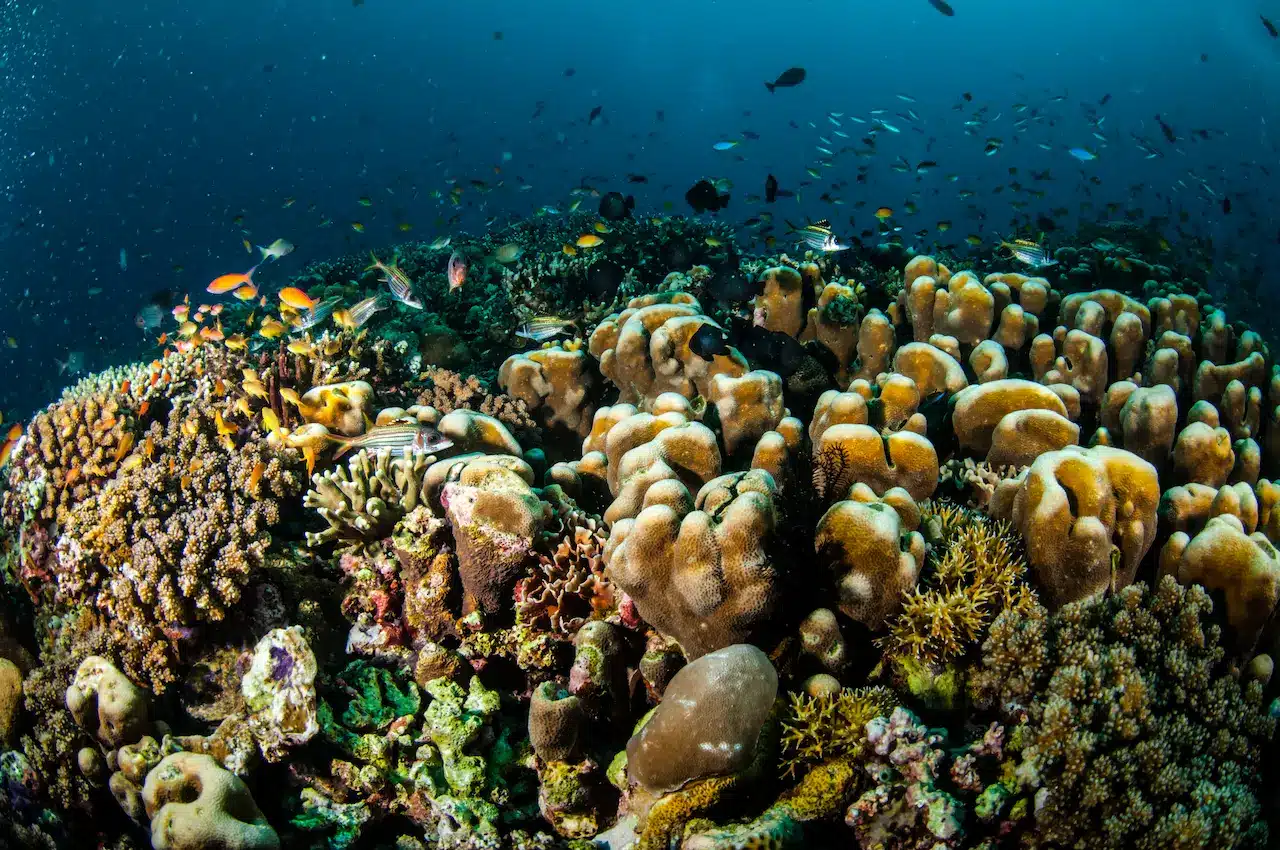Scientists Make Major Breakthrough in Race to Save Caribbean Coral Reefs
The Caribbean is home to some of the most beautiful coral reefs that can be found anywhere in the world. These vital ecosystems are necessary for the continuation of life both above and below the ocean.
Table of Contents
ToggleThey are home to a rich variety of marine life, offer communities protection from coastal flooding and erosion, and are responsible for nearly half of the region’s economy.
In particular, the fishing and tourism industries, which are the primary economic drivers in the Caribbean, are supported by these ecosystems. However, during the last several decades, there has been a reduction of roughly 60% in the coral cover across the area.
The remaining reefs are under danger due to rising ocean temperatures, more intense storms, illness, excessive fishing, and pollution.
Scientists are advising effective marine management and developing new strategies to expedite coral reproduction and reef recovery in order to safeguard and restore coral reefs. This will allow for the reefs to be protected and restored.
The strategy seeks to improve the long-term health of coral reefs, make them more resistant to the effects of a changing climate, and eliminate the dangers that have led to their decline.
Through collaborative efforts with a variety of organizations, institutions, communities, and governments, we are working to create a more promising future for the essential ecosystems that provide benefits to more than 44 million people throughout the Caribbean.
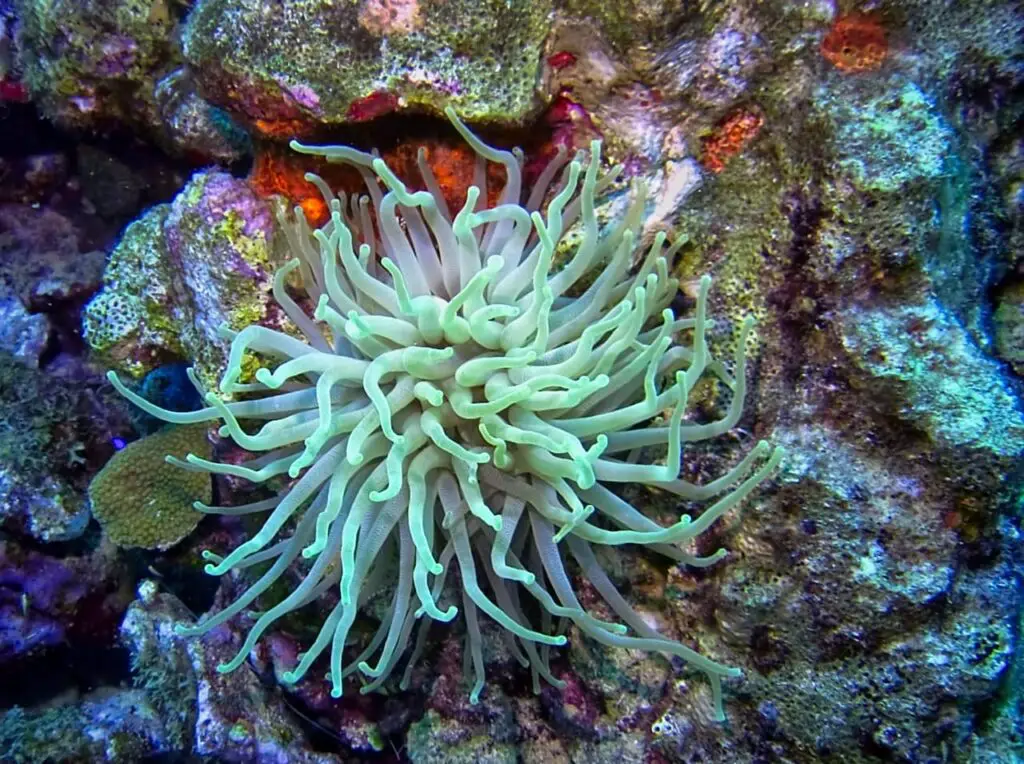
What is a Caribbean Coral?
The Caribbean has a very modest portion of the world’s tropical oceans that are home to coral reefs. It is usual practice to refer to the continuous biogeographic area that contains Caribbean coral reefs as the “larger Caribbean.”
Another name for this region is the “tropical Western Atlantic.” This area encompasses the seas of the Greater and Lesser Antilles and stretches from The Bahamas in the north to the Caribbean Sea proper and along the northeast coast of South America.
The teeny-tiny island of Bermuda is an oddity — an outlying outpost of Caribbean reef growth. It is located a significant distance to the north of the Bahamas. The constant contact with the warm waters of the Gulf Stream is the sole reason why reef life can thrive there throughout the whole year.
Coral reefs in the Caribbean are home to a diverse range of native species, including several that have great economic importance. These reefs are made up of a one-of-a-kind collection of species that belong to the stony coral group.
The human populations who live in close proximity to these reefs also reap the advantages of these reefs in a myriad of ways, not the least of which is a degree of protection from the storms that often wreak havoc on these seas.
Current Status of Caribbean Corals
The percentage of coral reefs in the Caribbean that are covered by living coral has decreased drastically during the last half-century. Coral cover on reefs in this area has decreased from between 50 and 60% to fewer than 15 % during the last several decades.
Today, a collection of sponges, algae, and bare substrate may be seen inhabiting the previously abandoned region.
Although the reasons for these extensive losses in reef “health” are still debatable, there is practically general agreement that the primary suspect is a coral disease, which ultimately results from the effects of human activity.
It is thought that circumstances that are favorable for the establishment and spread of coral diseases have been created as a result of a decline in the quality of the water, significant coastal development, excessive fishing, and the direct and indirect consequences of tourism.
Because of the intrinsic value and precarious nature of coral reef ecosystems, many countries in the Caribbean are now actively engaged in the development of additional Marine Protected Areas (MPAs) as well as increasingly stringent regulations aimed at better protecting these resources.
This is being done in recognition of the fact that coral reef ecosystems are threatened by human activity. However, there are still very few, if any, indications of recovery in the majority of these locations.
The bottom line is that it seems that healthy coral reefs and big numbers of humans living nearby are incompatible with one another. Instead, it would seem that these animals need our absence to live, not our support.
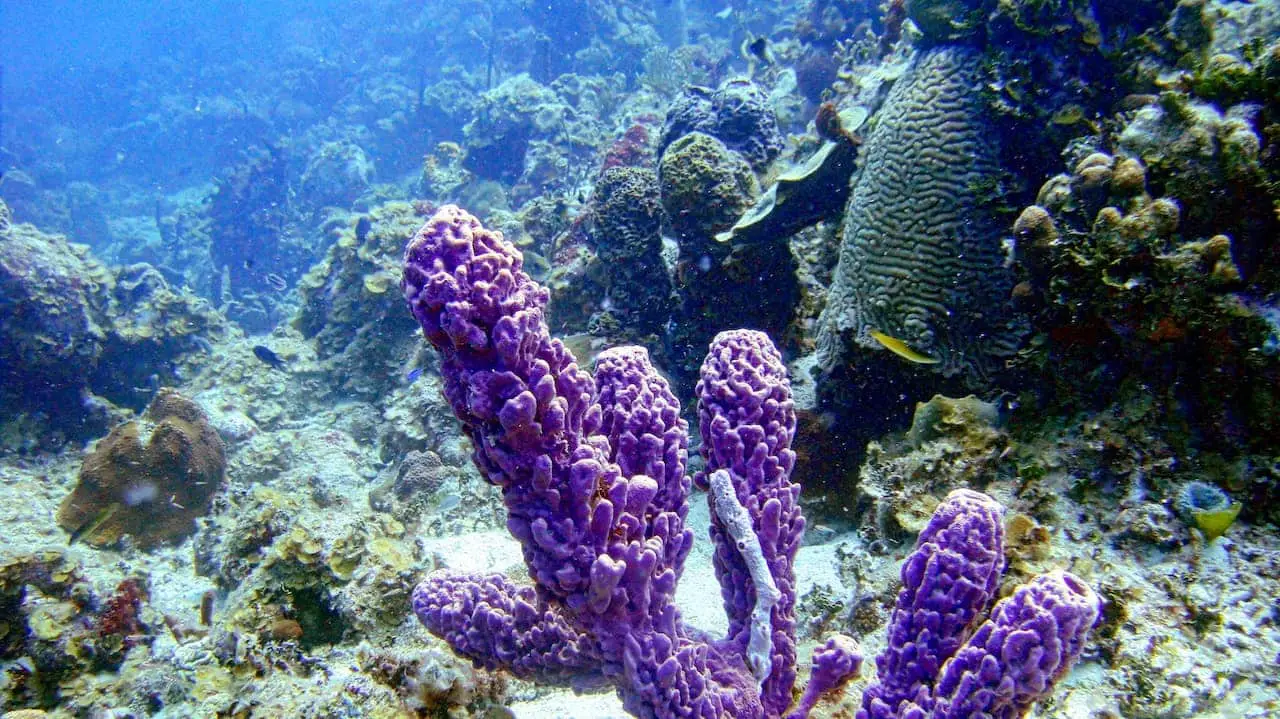
New Discovery to Save Caribbean Corals
In the effort to restore the Caribbean’s coral reefs, researchers at the Florida Aquarium have made an important discovery: Elkhorn coral is an endangered species, and marine experts have just accomplised a first by successfully reproducing it in an aquarium for the very first time.
It is a monumental step in the right direction, and they believe it has the potential to not only assist in the resuscitation of Caribbean ecosystems but also to provide further protection against the ferocity of storms.
There was a time when Elkhorn coral ruled the Caribbean. Elkhorn coral may currently only be found alive in the wild on a very infrequent basis, mirroring the decline of other critical coral ecosystems throughout the globe.
It has long been known that this species is infamously difficult to cultivate in aquariums; yet, its significance lies in the fact that it contributes to the growth and development of reefs. Because of this, the scientists were ecstatic to discover that their experiment about reproduction had been successful.
O’Neils Work on Corals
O’Neil’s coworkers refer to her as the “coral whisperer” due to the fact that she has successfully spawned so many different kinds of coral.
Elkhorn is the aquarium’s 14th species to be born inside the Apollo Beach lab, but the research staff considers it to be their most significant discovery so far.
In the Florida Keys Reef Tract, O’Neil thinks that there are only around 300 elkhorn corals remaining, yet the spawning experiment produced thousands of juvenile corals. She believes that as many as one hundred of them could make it to maturity.
The coral, which was given its name because of its likeness to elk antlers, is most successful in the uppermost parts of reefs, where the water is often less than 20 feet deep. Because of this, their colonies play an important role in the breaking up of big waves.
Reefs are a quiet but strong ally that defends Florida’s beaches from storm surges, which are increasing greater as a result of rising sea levels. This protection is especially important during peak hurricane season.
According to O’Neil, as these reefs continue to degrade, they begin to erode away, and we lose both the coastline protection that these reefs give as well as all of the habitat that these reefs provide for fish and other species.
There are now so few that there is just a handful of colonies spread out over the world. However, in order to ensure the safety of the coastline, our primary emphasis is on re-establishing the elkhorn coral population.
Take Away
According to NOAA, the branch length of an elkhorn coral may increase by up to five inches annually, making it one of the types of coral that grows the quickest.
In addition, according to the findings of the researchers working at the Florida Aquarium, it will take between three and five years for the young elkhorn coral pups to reach sexual maturity.
These corals were developed in the lab, and the researchers expect to transplant them into the Florida Keys National Marine Sanctuary within the next year or two.
The scientific community is in agreement that this discovery is only the first stage in the process of restoring the reefs. O’Neil said that the team was “basically just buying time.”
The end objective of this project is to establish a breeding program that will allow scientists to select for genetic variety and produce coral that is more resistant to environmental stresses such as pollution, warming ocean conditions, and disease.
Then we may let mother nature take the reins! Interested about turtles and want to learn more? Click here to learn more on how to identify a turtle.
